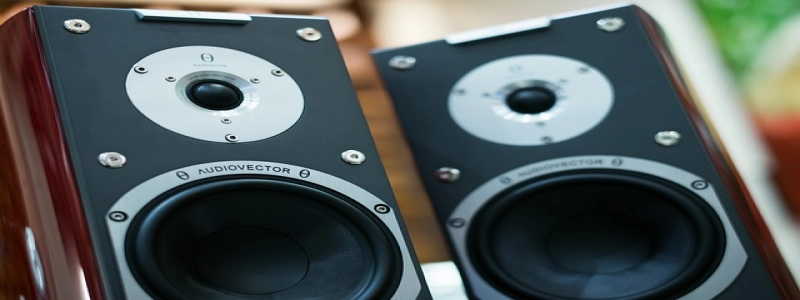Phone Port vs Ethernet Port
أنا. مقدمة
ثانيا. Phone Port
A. Definition
B. Purpose
C. Functionality
ثالثا. Ethernet Port
A. Definition
B. Purpose
C. Functionality
رابعا. Comparison
A. Speed
B. Compatibility
C. Usage
الخامس. خاتمة
أنا. مقدمة
في العصر الرقمي اليوم, connectivity plays a vital role in our daily lives. Whether it is for communication or accessing the internet, ports are essential for establishing connections. Two commonly used ports are the phone port and the Ethernet port. This article aims to provide a detailed comparison between these ports, highlighting their differences in terms of purpose, functionality, and usage.
ثانيا. Phone Port
A. Definition
A phone port, also known as an RJ-11 port, is a small connector commonly found on telephones and even some modern devices like routers and modems. It is a standard-sized port with six pins arranged in a modular connector, usually placed in a rectangle shape.
B. Purpose
The primary purpose of a phone port is to connect devices for voice communication. It allows users to make phone calls using landline telephones or access internet services using dial-up connections, although the latter is becoming less common. Phone ports are often associated with landline telephony systems.
C. Functionality
The phone port’s functionality is limited to voice communication. It carries analog signals, converting the user’s voice into electrical impulses that travel through telephone lines. This functionality allows users to establish communication with other individuals through voice calls.
ثالثا. Ethernet Port
A. Definition
An Ethernet port, also known as an RJ-45 port, is a larger connector primarily used for connecting devices to Local Area Networks (LANs). It is a larger port with eight pins arranged in a modular connector, similar to the phone port.
B. Purpose
The main purpose of an Ethernet port is to establish high-speed internet connections. It serves as a point of connection for various devices like computers, game consoles, and routers, allowing them to exchange data within a network. Ethernet ports are commonly used in homes, offices, and other network setups.
C. Functionality
The Ethernet port operates by transmitting and receiving digital data in the form of packets. It supports faster data transfer rates, making it ideal for internet connectivity and network communication. It uses protocols such as TCP/IP and UDP to ensure the efficient transmission of data packets.
رابعا. Comparison
A. Speed
The speed of phone ports is significantly slower compared to Ethernet ports. Phone ports typically support data transfer rates of up to 56 kilobits per second (Kbps) for dial-up connections, which is sufficient for voice communication but insufficient for high-speed internet access. In contrast, Ethernet ports support various speeds, ranging from 10 megabits per second (Mbps) for older versions to 10 gigabits per second (Gbps) for the latest standards.
B. Compatibility
Phone ports are compatible with telephone systems and older dial-up internet connections. They are not designed for LAN connections and are often not compatible with Ethernet cables. On the other hand, Ethernet ports are specifically created for Ethernet networks and are compatible with Ethernet cables, which are commonly used for high-speed internet connections.
C. Usage
Phone ports are primarily used for traditional voice communication and limited dial-up internet access. They are less prevalent in modern setups due to the rise of mobile phones and broadband internet connections. Ethernet ports, على الجانب الآخر, are extensively used for internet connectivity, LAN gaming, file sharing, and other data-intensive applications.
الخامس. خاتمة
In conclusion, phone ports and Ethernet ports serve different purposes and have distinct functionality. While phone ports are suitable for traditional voice communication and limited internet access, Ethernet ports are designed for high-speed internet connections and network communication. Their differences in speed, compatibility, and usage make them essential components in establishing connections in our increasingly connected world.








